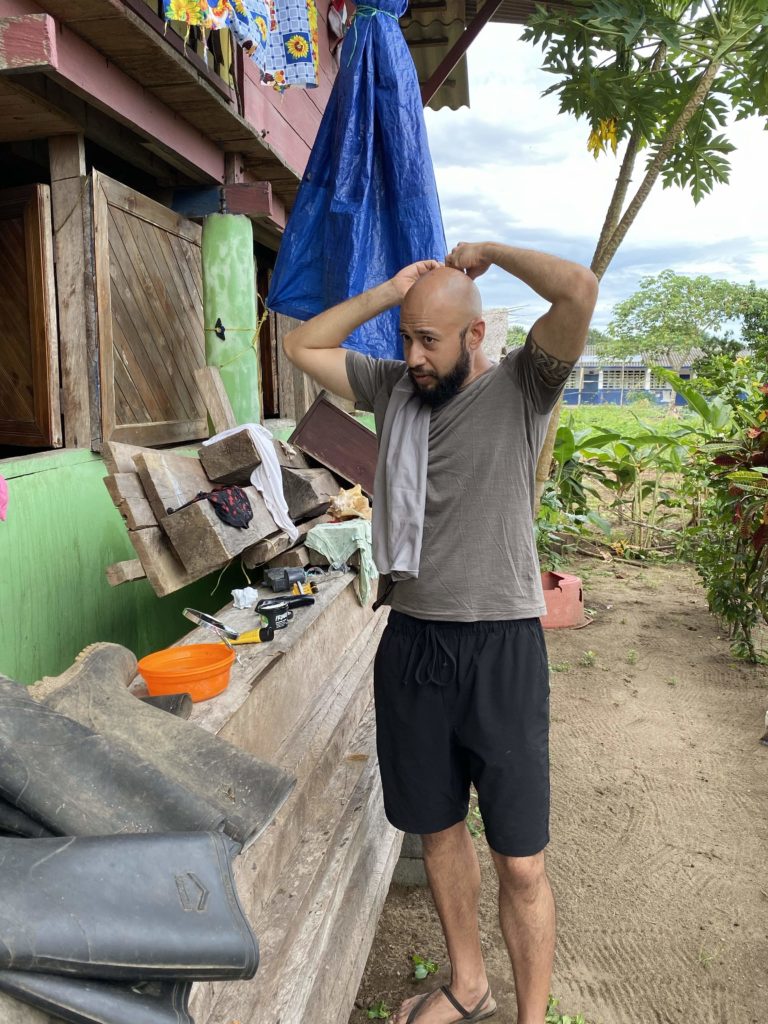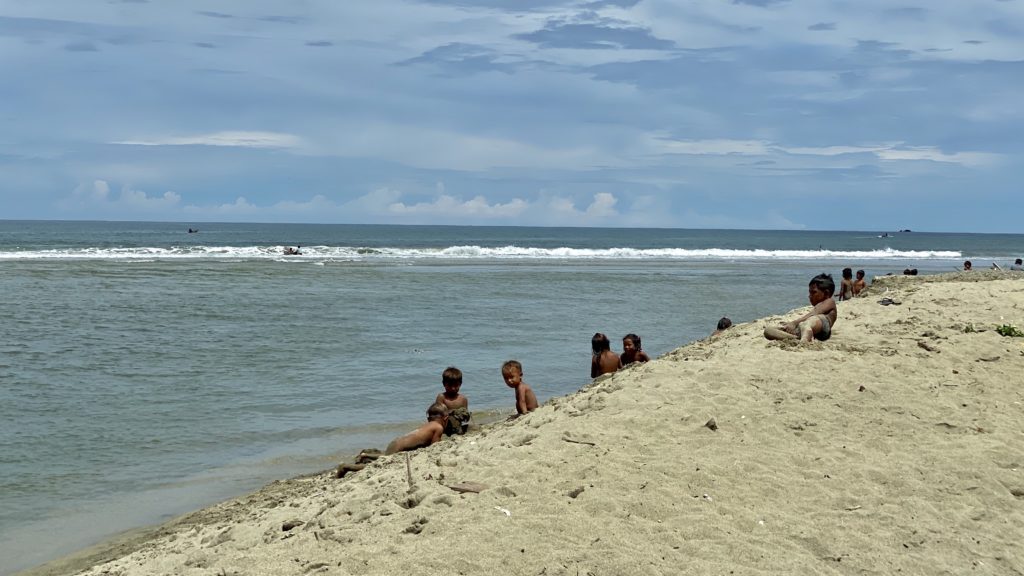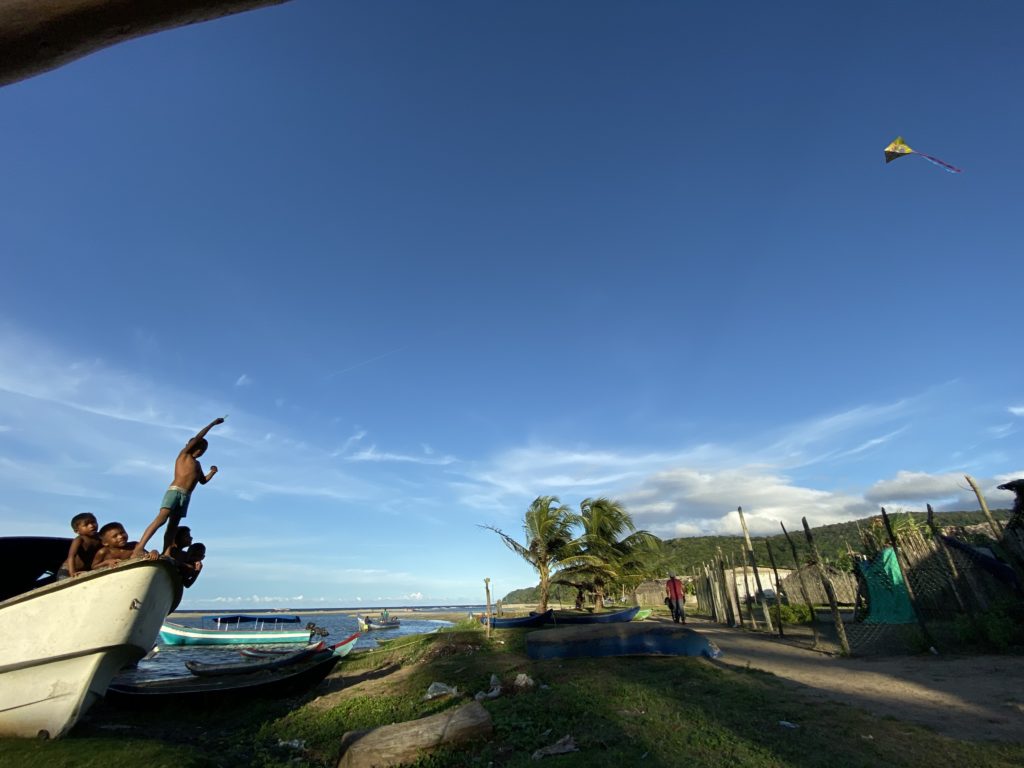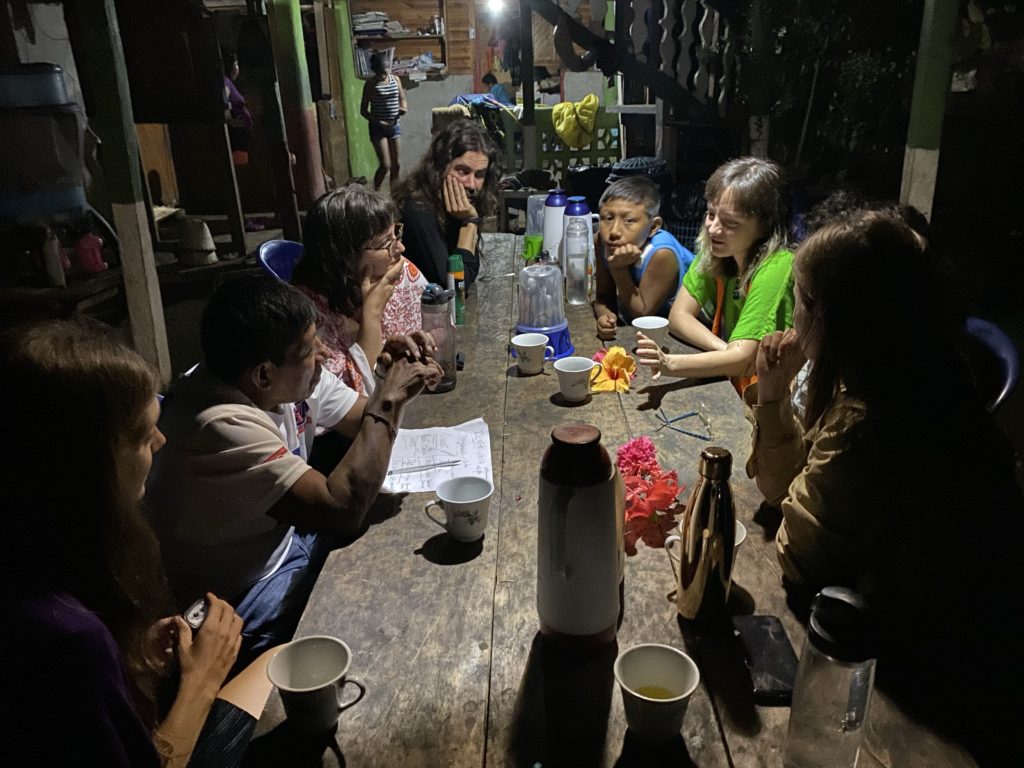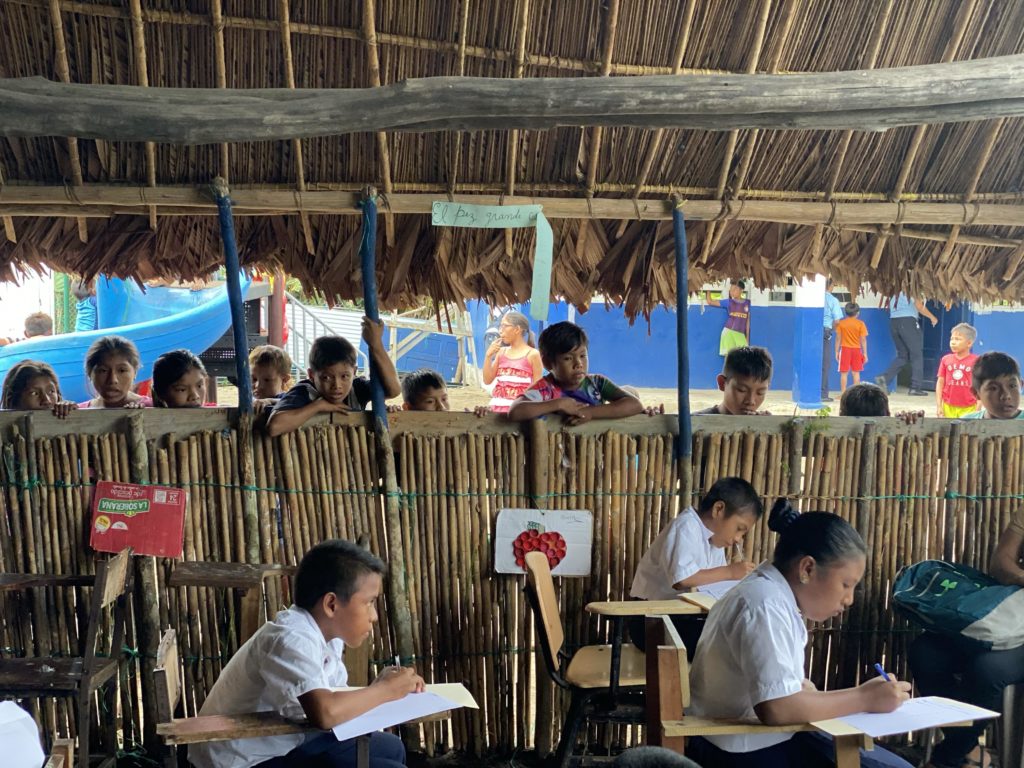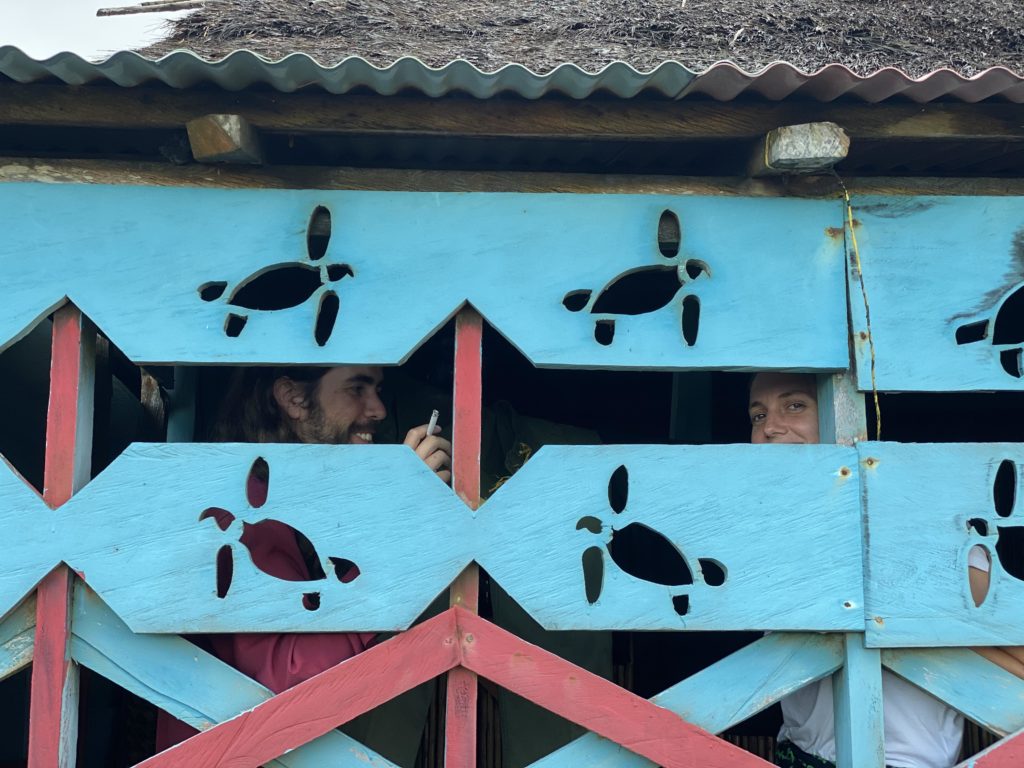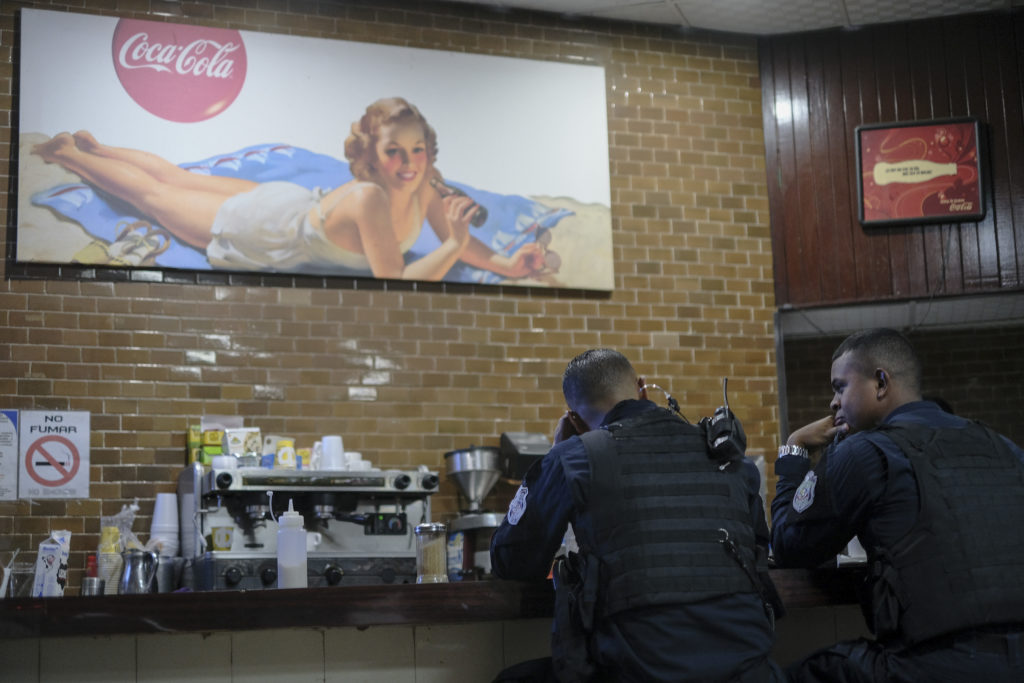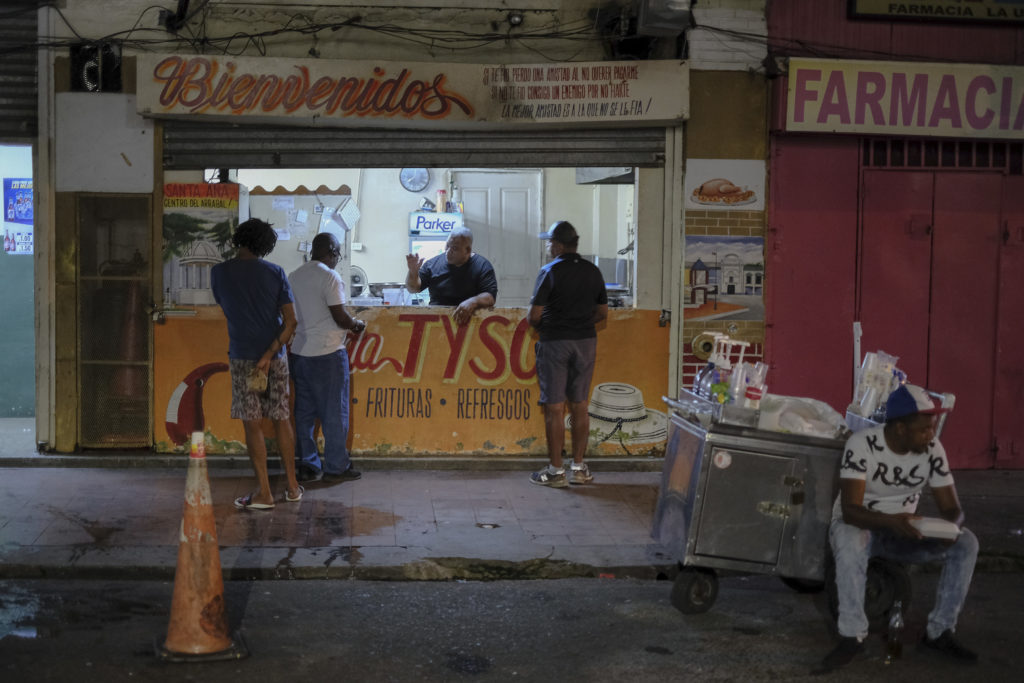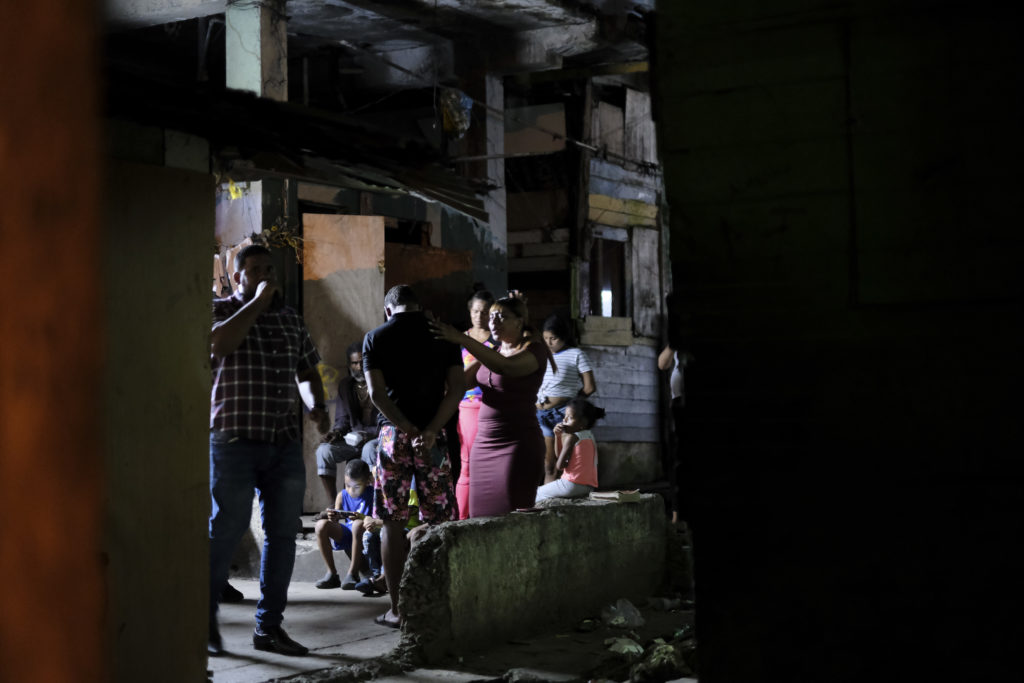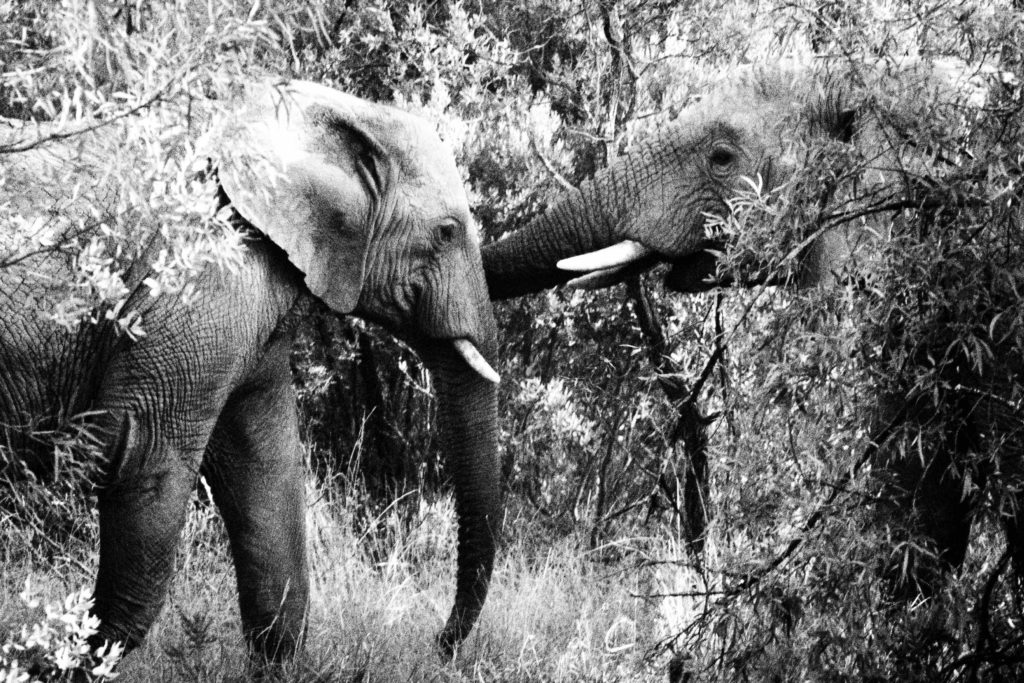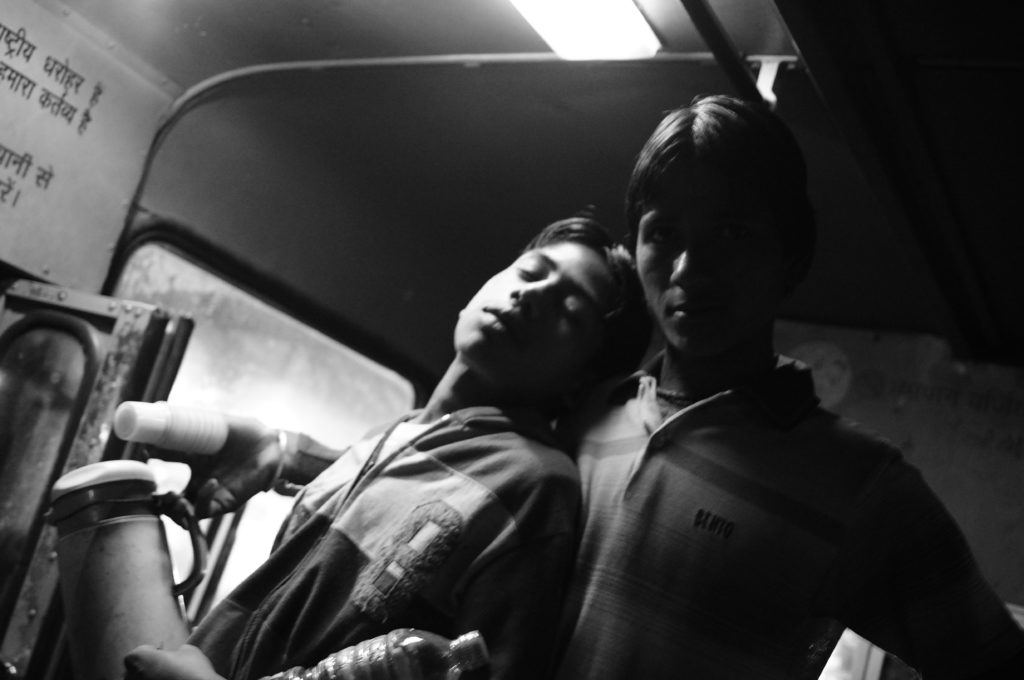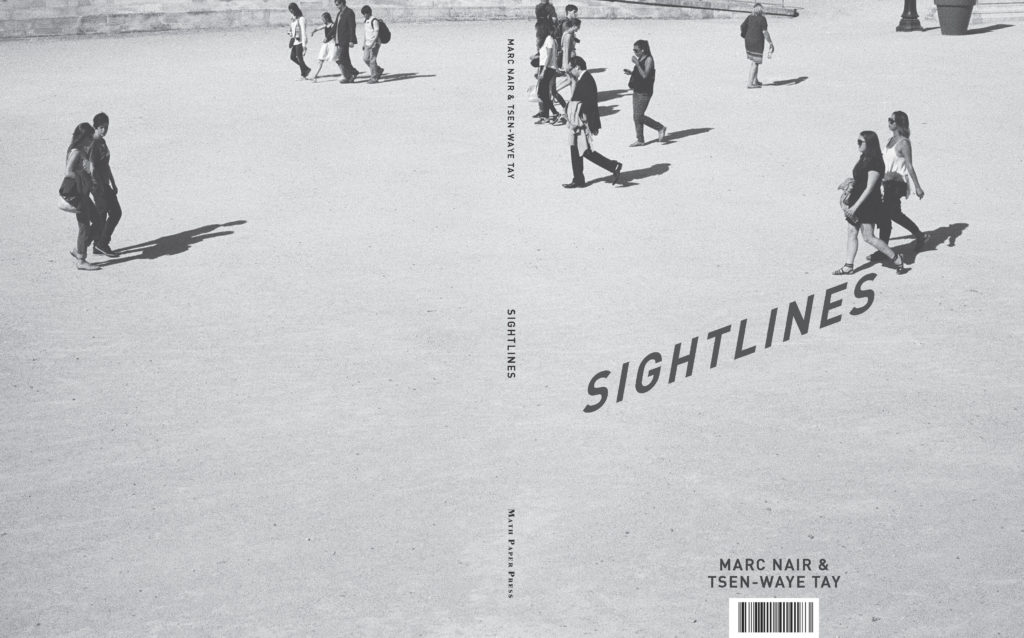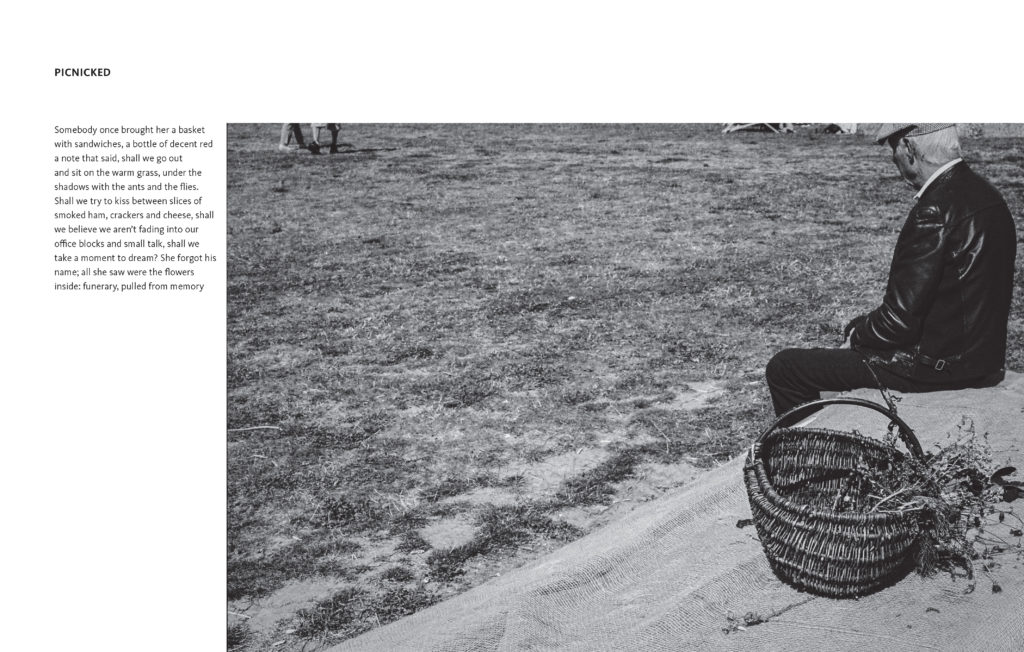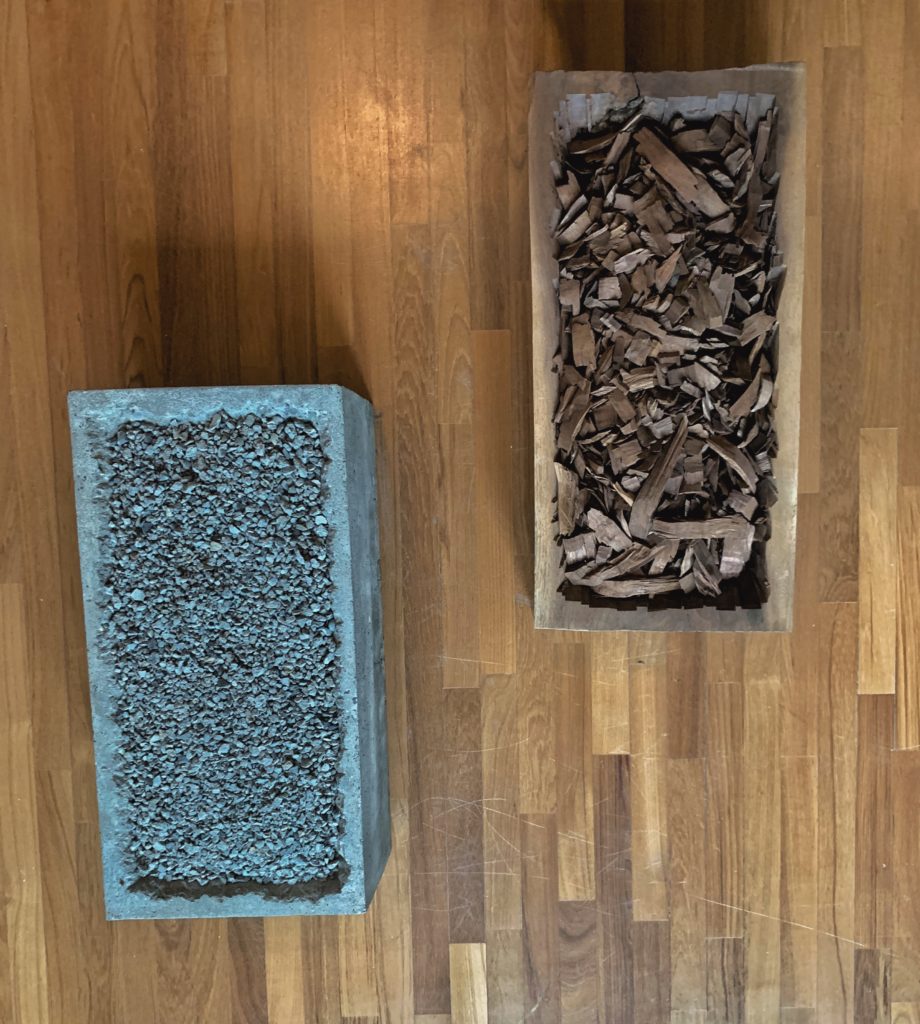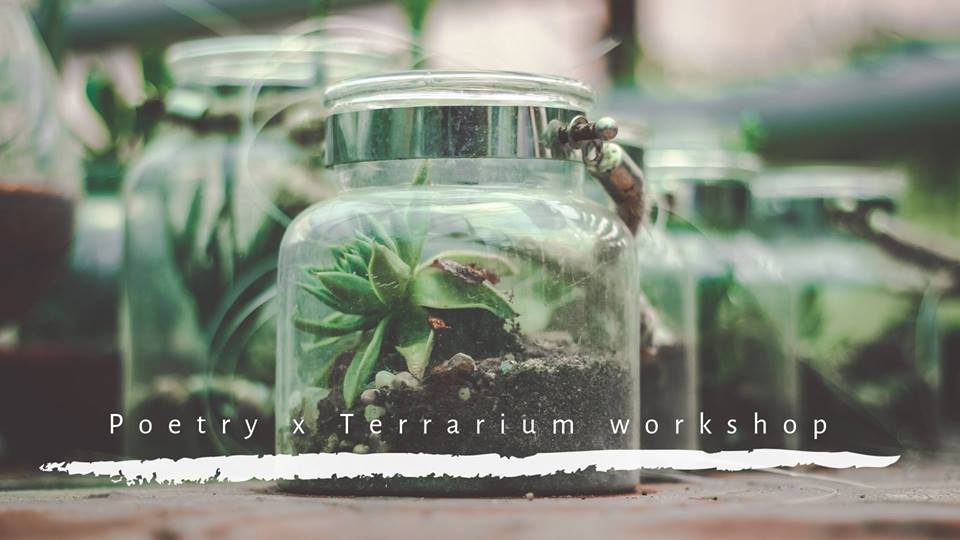Over breakfast, Nacho tells us about the village’s chief ‘chemist’, Tigre, who is responsible for tasting each of the 40 drums of fermented sugarcane alcohol that the village is preparing for the ceremony. These are giant metal containers, eight of which were newly purchased in Columbia at a cost of almost $1,000 USD. They take their ceremonies very seriously.
The sugarcane is first pressed flat using noisy motors (that start up at 2am) and then is boiled and fermented along with cocoa, coffee or corn. The chemist will test if the alcohol is fermented enough, whether it is too sweet or needs to be sweetened further. While they started the bulk of the fermentation two weeks ago, top-ups may occasionally be required, hence the late sugarcane pressing. Only when the chemist has tasted all the jugs would he be able to ascertain and pronounce the exact date of the chicha. Alcohol drives the ceremony (as it should)!

There is such clarity to the light here. Everything sings in Technicolor. Is it the absence of pollution? Or the isolation that allows the eye to focus and marvel at even the simplest things? The Guna certainly know how to use colour. It is everywhere, in their blankets and hammocks, in the intricacies of the mola fabric and certainly in the colourfully painted boats and houses.

There is a special breed of dog in Armila, called tipo perro, roughly translated to any kind of dog. Mongrels live everywhere. They are the most faithful, the kindest and the most obedient.

Luis tells us that in San Pedro de Atacama, nobody is allowed to dance. Musicians’ play and people get up, and the band has to tell people to stop and sit down. Maria chimes in: A long time ago in Iceland, there was a law against dancing. And it means that today, nobody really knows how to dance. Icelanders are people who stand. Despite being a performance artist, Maria remains self-conscious when she moves. She is still herself, vulnerable. But the focus is on care and consent and not on pushing the body through its boundaries.
Today, Nacho talks to us about the various ceremonies that girls go through in the community.
When God, Baba Dummad, made the world, everything he did was hand in hand with a woman, the Great Mother, Nana Dummad. This is the starting point for the value of the woman and the main reason why ceremonies are focused on women.
When the Earth was created, Baba created another world and told Nana to stay on Earth with humans and watch over them. That is why the earth is figured as feminine. When humans die, they will go to the other world. In their life on earth, everything is preordained by Baba and Nana.
There are four ceremonies in the life of a Guna woman:
1. Eko Ina (needle + chicha)
Perforation of the nasal septum (two months) The whole community is invited. This is a one day affair. It is done using a single needle. Chicha (fermented sugarcane) is drunk in copious amounts. The ceremony is done in the chicha house (a kind of religious communal building) Men and women are separated. After three toasts, the little girl is brought with a dance to the middle where the mother and the piercer await. The scream of the baby when the septum is pierced is a sign of happiness for everyone. This is a compulsory ceremony for all girls.
2. Ina Suit
This happens when the girl is seven years old, which is the middle age between being a child and a young woman. This involves a long chicha, over three days. The girl’s family prepares for this for two years. The community helps the family out to house the guests and provide fish. El Cantule, (The Cantor) is the MC, he sings different names for the girl. The mother will have to pick the name of the daughter. It will be a Guna name, just like a baptism). This is an optional ceremony. Usually, families who are better off will undergo this ceremony.
La Ayate is the woman who will cut the girls’ hair. Only women are allowed around the girl. There are various ‘event highlights’ over the three days. A communal spirit is evident, with people sharing biscuits, cigarettes and beer. Armila is the only community that opens itself to foreigners to experience this.
3. Celebrating Puberty
The third ceremony is to celebrate puberty. It is obligatory. After the girl’s first menstruation, her mother will lick her in the fish. The parents will go house to house and ask the men to cut leaves and bring fish, while the women get water. The father gathers wood to build a small house for the girl. She will stay there for seven days. On the seventh day, people enter the house of the girl, put water into the tortuma (a small bowl made from coconut husk) wash the girl eight times (because the sun has eight brothers). They then use jagua, a kind of pigment, like henna, to cover the girl. This is a symbol of purification, a representation of mother earth. For example, when it rains and the river rises, it brings the overgrowth from the jungle and throws it into the sea. This is is the same as the woman. As she prepares to be fertile, the water is a kind of washing away of the detritus.
4. Becoming a woman
The last ceremony takes place when the girl is around 15 years old. This the age when she is deemed ready to become a woman. Her hair is cut short and she will be ready to leave for further studies and even get married. She will also start to wear the traditional Guna clothing.
This last ceremony isn’t obligatory but it is important. It helps to keep the family, and by extension the village, together.
The other fascinating bit of history is the process of arranged marriages, which used to be the norm but are no longer practiced.
On arranged marriage
In the past, arranged marriage was the norm and the decision was always made by the parents of both families. The reputation of the family was always considered, not just the man himself (in Guna society, the woman’s family holds more power). The man would move into his wife’s family home after marriage.
In the traditional marriage ceremony, the woman would begin being completely covered in a chair. The man would then be placed in a hammock. The woman would be on top of him. The family would then swing the hammock and sing about different (deep) things, such as the duality of life and the beauty of nature. The couple will then be washed and they will return to the hammock. This process will be repeated four times. After that, everybody leaves except for the man’s father, who occupies a hammock on one side, while his mother is in a hammock on the other side of the couple. The couple are not allowed to consummate until the process is completed.
The next morning, at 5 a.m., the woman’s father will bring the man, together with his machete, to the mountain. The man has to chop 100 (yes, 100!) trees. And he has to bring four of them down to his wife’s kitchen. While he’s there the woman goes to take her husband’s things back to her house. When the man returns, she will receive him with a dish of bananas at his house. They are given a hammock in the corner of the man’s house. Everything, from birth, to life to death, happens in the hammock.

